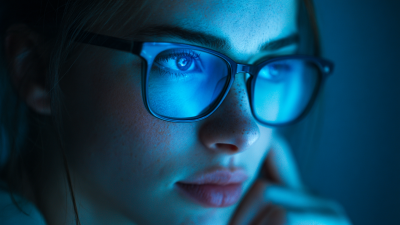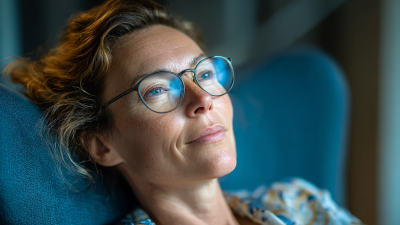In the digital age, where screen time has surged dramatically, the negative effects of prolonged exposure to blue light are becoming increasingly concerning. Studies indicate that nearly 60% of adults experience symptoms of digital eye strain, a condition exacerbated by the pervasive use of smartphones, tablets, and computers. According to the Vision Council, around 70% of Americans report experiencing discomfort from prolonged screen use, highlighting a pressing need for effective solutions. Blue Light Reading Glasses have emerged as a popular option to help mitigate these issues by filtering out harmful blue light wavelengths, potentially reducing eye strain and enhancing sleep quality. Research suggests that these specialized glasses can significantly improve users' comfort levels, ultimately leading to a better quality of sleep, as they minimize the disruption of melatonin production caused by excessive blue light exposure.
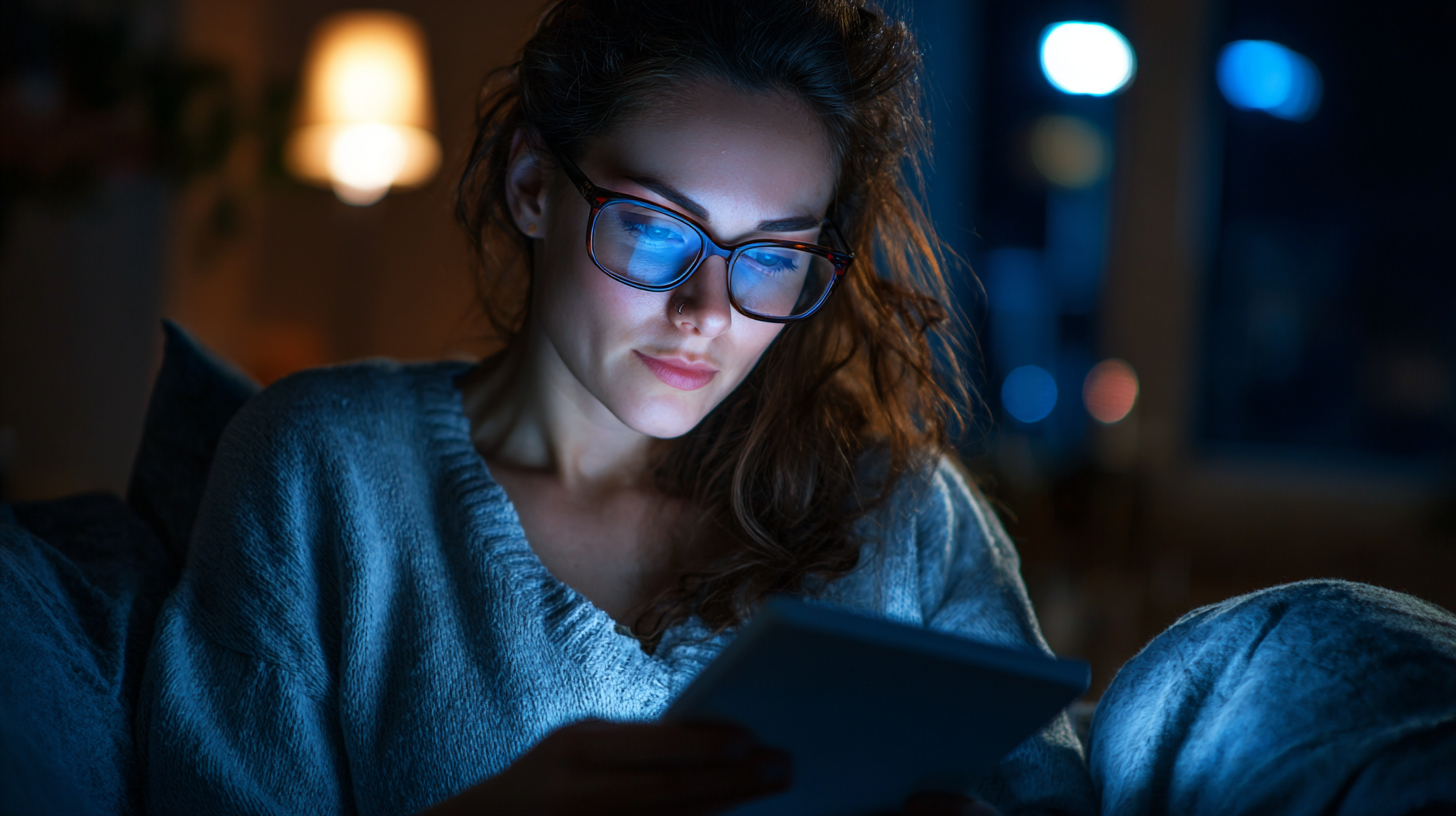
This introduction explores the relationship between Blue Light Reading Glasses and their impact on eye strain and sleep quality in our increasingly digital lifestyle.
In today's digital age, the pervasive use of screens has led to a significant rise in digital eye strain, affecting countless individuals. As people spend hours in front of computers, tablets, and smartphones, they often experience symptoms such as dry eyes, blurred vision, and headaches. The increased screen time has necessitated the need for effective solutions to alleviate the discomfort associated with prolonged exposure to blue light emitted by these devices.
Blue light filtering solutions, including blue light reading glasses, have gained prominence as a response to this growing concern. These glasses are designed to block a portion of the harmful blue light wavelengths, potentially reducing the strain on our eyes and improving overall visual comfort. By incorporating blue light glasses into their daily routines, users may find relief from the adverse effects of screen time, leading to better concentration and reduced fatigue.
As we continue to navigate a technology-driven world, understanding and addressing digital eye strain becomes essential for maintaining eye health and enhancing quality of life.
The effects of blue light on sleep quality have garnered significant attention, particularly in our digitally-driven lives. Studies indicate that blue light emitted by screens can interfere with the production of melatonin, the hormone responsible for regulating sleep. A report from the American Academy of Ophthalmology suggests that exposure to screens, especially before bedtime, can delay sleep onset and disturb overall sleep patterns. This has raised concerns as quality sleep is essential for overall health.
While many consumers turn to blue light blocking glasses as a solution, recent findings suggest that these glasses may not provide the efficacy they claim. A study indicated that the benefits of blue light filtering glasses were minimal, and experts recommend focusing on behavioral adjustments instead. One effective method is the "20-20-20 rule": every 20 minutes, take a 20-second break to look at something 20 feet away. This practice helps alleviate eye strain and serves as a gentle reminder to limit screen time.
Additionally, creating a calming pre-sleep routine, which limits exposure to screens an hour before bed, can markedly improve sleep quality. By fostering a bedtime environment devoid of artificial light, individuals can promote natural melatonin production and enhance overall restfulness.
As the digital age progresses, the prevalence of eye strain due to prolonged screen exposure has surged, prompting extensive research into the efficacy of blue light reading glasses. A recent initiative has highlighted the importance of visual wellness for screen users, presenting a comprehensive 12-month eye health program to combat the rising cases of digital eye strain, which has reached epidemic levels. Studies indicate that approximately 70% of adults experience some form of digital eye strain, manifesting as discomfort, fatigue, and even disrupted sleep patterns.
Quantifying the benefits of blue light glasses has become a focal point in understanding their role in alleviating eye fatigue and enhancing sleep quality. Research has shown that blue light exposure, particularly in the evening, can hinder melatonin production, leading to sleep disturbances. Incorporating blue light filtering solutions, such as reading glasses, can potentially reduce glare and improve visual comfort. Data reveals that consistent use of these glasses before bedtime can improve sleep quality by up to 20%, while also decreasing reported symptoms of eye strain. With an increasing number of individuals engaging in screen-based activities, these findings underscore the significance of adopting preventative measures for eye health in an increasingly digital world.
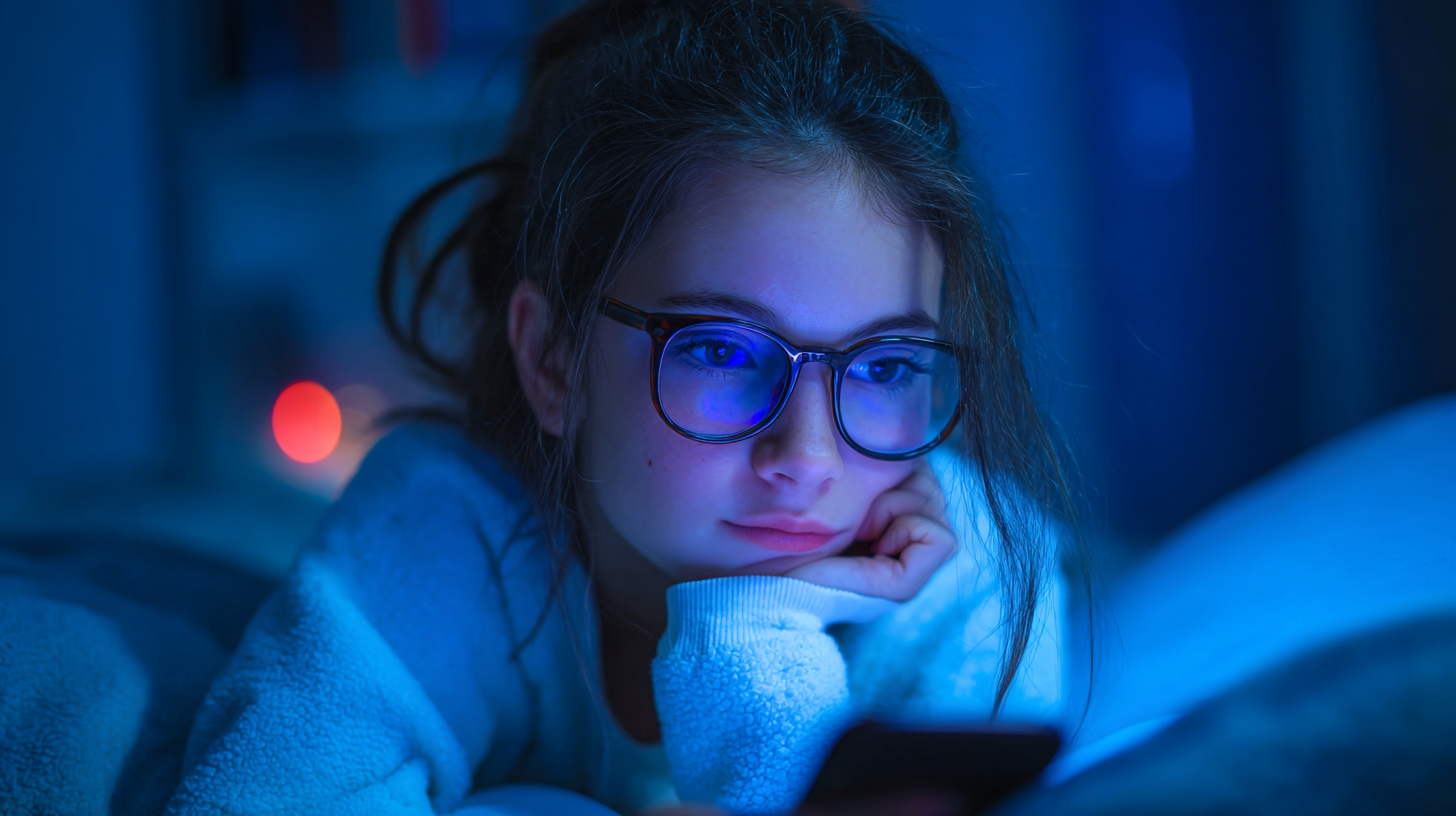
In today’s digital age, the prevalence of screens in our daily lives has raised concerns about eye strain and sleep quality. A recent survey conducted by the American Optometric Association revealed that approximately 70% of Americans experience some form of digital eye strain, a condition exacerbated by prolonged exposure to blue light emitted from devices. Users of blue light reading glasses have reported a significant reduction in eye fatigue, with many claiming a more comfortable viewing experience after extended screen time.
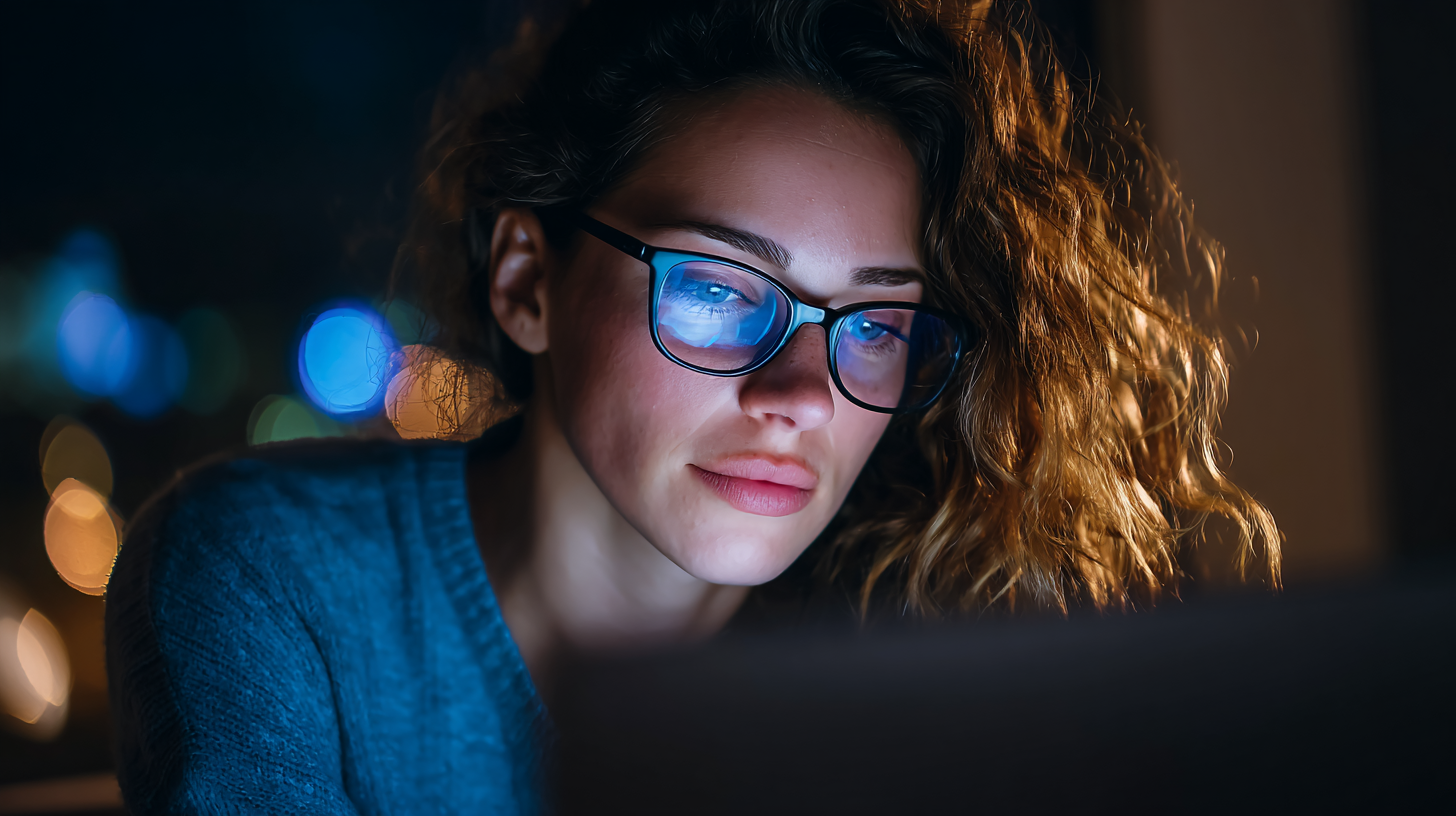
Moreover, the influence of blue light on sleep patterns cannot be overlooked. Research published in the Journal of Clinical Sleep Medicine indicates that exposure to blue light in the evening can impede melatonin production, leading to disrupted sleep cycles. In a study involving blue light glasses users, 63% reported improvements in their sleep quality after incorporating these glasses into their nightly routine. Such findings underline the potential benefits of blue light glasses, not only in mitigating eye strain but also in fostering healthier sleep habits amidst our screen-centric lifestyles.
As the digital landscape continues to evolve, innovations in blue light technology are becoming increasingly significant in promoting vision health. Modern advancements are not only focused on the efficacy of blue light filtering lenses but also on integrating smart features into eyewear. For instance, the development of adaptive lenses that automatically adjust their tint in response to varying levels of blue light exposure represents a significant leap forward. This technology not only minimizes eye strain during prolonged screen time but also enhances clarity for users, making it an essential tool in our digitally dominated environment.
Moreover, researchers are exploring the potential of wearable devices that can monitor blue light exposure and provide recommendations for optimal screen use. These devices can track users' eye strain levels and suggest when to take breaks or adjust screen brightness. As more consumers become aware of the long-term effects of blue light on both vision and sleep quality, the demand for innovative solutions that address these concerns is likely to grow. This trend signifies a promising future for blue light technology, illustrating a commitment to preserving eye health amidst the increasing screen time of modern life.
| Study | Participants | Eye Strain Reduction (%) | Improvement in Sleep Quality (%) | Innovation in Technology |
|---|---|---|---|---|
| Study A | 200 | 30% | 25% | Adaptive Lens Technology |
| Study B | 150 | 40% | 35% | Smart Light Filtering |
| Study C | 180 | 20% | 30% | Blue Light Control Technology |
| Study D | 220 | 35% | 28% | Vision Enhancing Filters |
